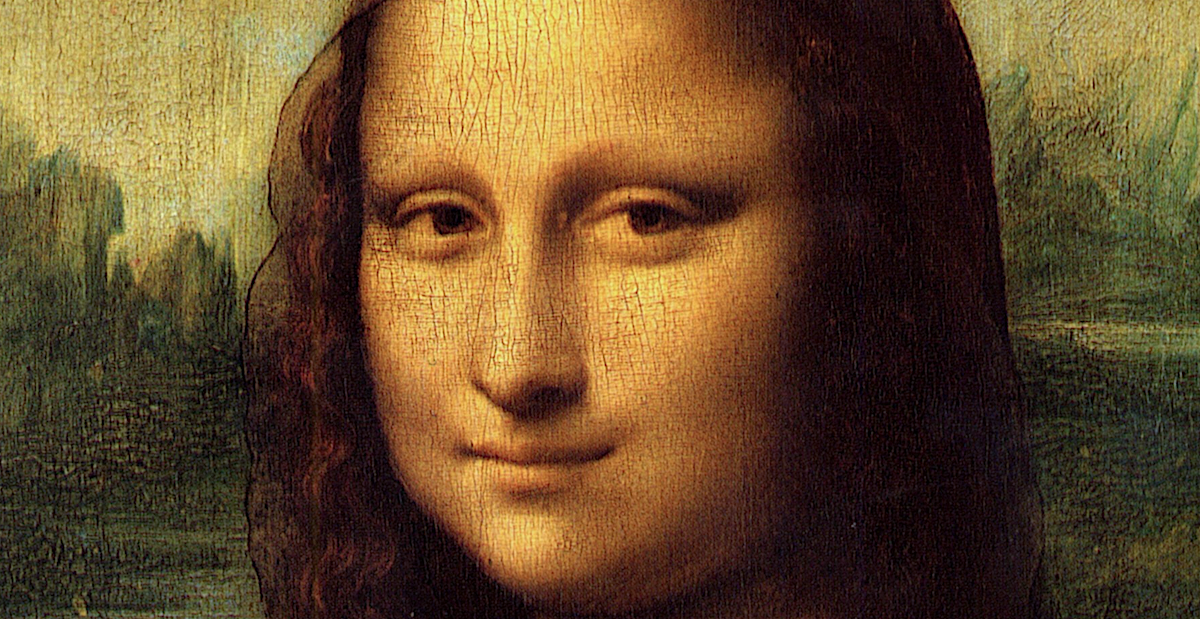The Noordbrabants Museum exhibition of Hieronymous Bosch – one of my favourite painters of bestial grotesque nastiness – is surely the ‘one of the most important exhibitions of this century’, gushes Jonathan Jones (The Guardian 11/02/2016). I seriously toyed with the idea of flying out to his tiny, unknown hometown city of ‘s-Hertogenbosch just to see it, for it mightily assembles the largest number of his extant works in one place: 17 of 24 known works. It’s a pity then that this curatorial feat of diplomacy has been marred by inter-museum squabbling, with the Prado sensationally cancelling two loans for this greatest of retrospectives.
The Hay Wain is fully attributed to Bosch and is a happy presence, however, it is the Cure of Folly that the Netherlands-based Bosch Research and Conservation Project argue is by a follower. There’s one thing to sweet talk the Prado into giving up its precious paintings, but it’s another to then tell them it’s actually not by Bosch but a lesser hand. Where would one stand on this? Certainly, such a gathering of works is hugely important for academic study and the Dutch researchers are only doing their jobs. There is a different mentality at play here than the over-excited researchers that decided that an extremely dubious sub-Leonardo Ecce Homo was actually by Da Vinci himself. Have you seen that thing? A cat dressed in a Mona Lisa wig could have done better. Yet the 2012 blockbuster at the National Gallery which announced its authenticity was breathless in its certainty. It was an embarrassment. Even though the Cury of Folly is so good as to flummox researchers on both sides, it is right to cast doubt where doubt is due. I’m a big fan of erring on the side of caution when it comes to attribution – lest we have another crappy Da Vinci on our hands – and the exhibition would not have suffered had it shown Cure of Folly as a ‘school of’. This is entirely the Prado throwing its teddy out. Heaven forbid it to receive the Cure of Folly back and acknowledge its lesser status.
The same happened with the intended loan of The Temptation of St Anthony, regarded by Dutch historians as by a later follower. It is interesting that it also rejected the Seven Deadly Sins, but this was not invited for loan: probably because it has widely been deattributed long before this how-de-do. It’s worrying when a museum insists on keeping an attribution which has been discounted by several international historians. The Prado says Cure of Folly represents “a very important” part of its permanent collection and a loan to the Noordbrabants exhibition would not be justified. When it also says that the Dutch researchers based their decisions on “extremely subjective stylistic aspects”, I say “bullshit”; this is exactly the job of a proper art historian: to be as scrupulous as possible, even if it means deattribution.
The Noordbrabants Museum initially approached the Prado to construct a joint exhibition – this has been rejected and the Prado is about to hold its own show later this year. It will be interesting to see how Goliath – in contrast to Noordbrabant’s David – flexes its diplomatic muscles in securing Boschs. Surely it won’t be dumb enough to try and match the number gathered in ‘s-Hertogenbosch: but perhaps it won’t need to when its policy of attribution is so lax; there’s plenty of ‘school of’ around..
In other news, according to Eurythmics (whom I always write as Euthrythmics as a weird mix of euthanasia and music) Dave Stewart, Damien Hirst once drunkenly asked a surgeon to sever his hands and reattach them for art, which is a wonderful insight into the dunderheaded thinking behind most of his work.
artbytch@artlyst.com © Artlyst 2016

